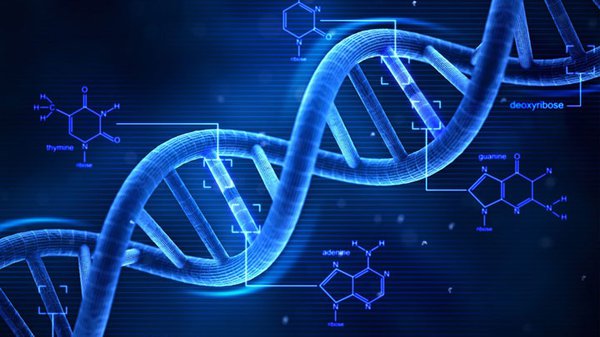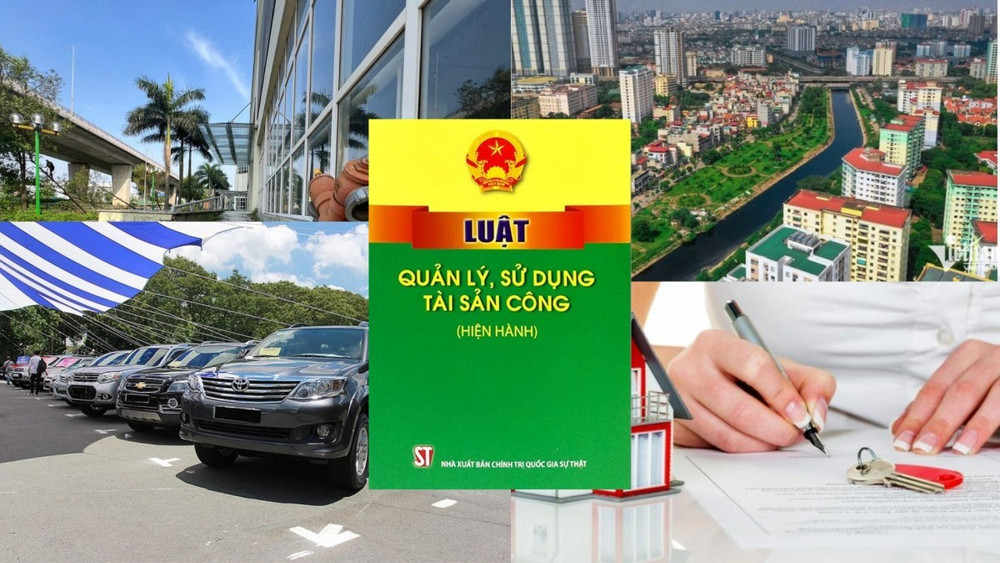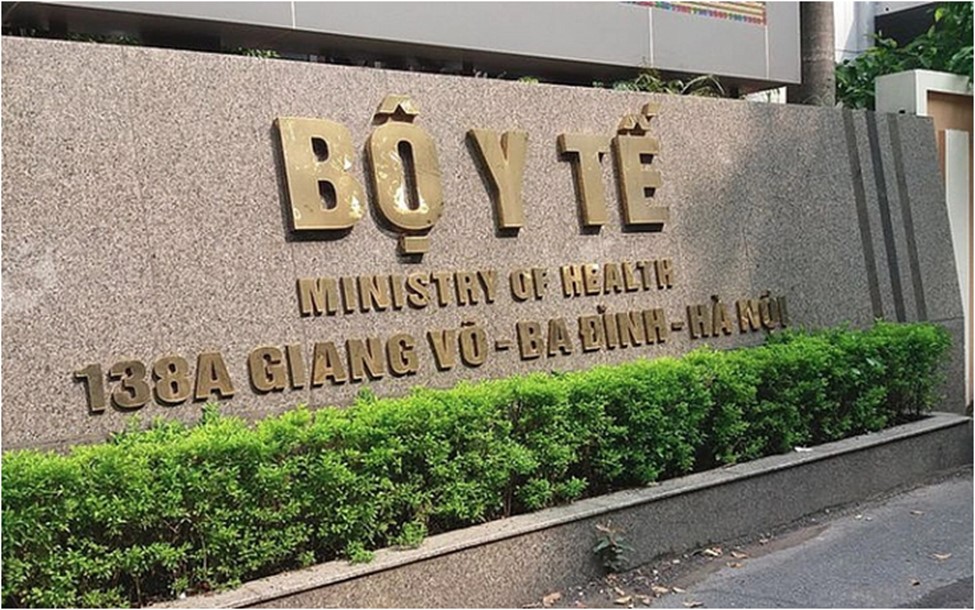Methods for extracting DNA from animals, plants, and microorganisms in Vietnam
This is the content stipulated in Circular 13/2013/TT-BTNMT issued by the Ministry of Natural Resources and Environment of Vietnam, which regulates the technical process and economic-technical norms in detecting genetically modified organisms by qualitative and quantitative deoxyribonucleic acid analysis methods, promulgated on March 31, 2014.

Methods for extracting DNA from animals, plants, and microorganisms in Vietnam (Illustrative Image)
According to the Appendix of the qualitative and quantitative analysis technical procedures for Deoxyribonucleic Acid issued with Circular 13/2013/TT-BTNMT, the methods for extracting DNA from animals, plants, and microorganisms are applied according to different methods are as follows:
* Method to extract DNA from biological samples of plant origin using CTAB: This method is used to extract DNA from plants and plant-based substrates, utilizing its capability to remove polysaccharides and polyphenols that influence DNA quality. It can also be applied to other types of substrates.
Basic steps:
- Grind the test sample to a fine powder using a porcelain mortar and pestle in liquid nitrogen;
- Degrade the sample with heat in the presence of CTAB. Depending on the substrate type, additional enzymes might be added to the extraction buffer such as alpha amylase to hydrolyze starch, proteinase K to eliminate proteins, and ribonuclease to degrade RNA;
- Remove impurities like polysaccharides and proteins with chloroform;
- Precipitate DNA with isopropanol and wash with ethanol.
* Method to extract DNA from biological samples of animal origin using phenol/chloroform: This method can be used to extract DNA from various substrates. Phenol is particularly suitable for denaturing proteins and destroying nuclease enzymes.
Basic steps:
- Grind the test sample to a fine powder using a porcelain mortar and pestle in liquid nitrogen;
- Degrade the sample in the presence of sodium dodecyl sulfate and high concentration of EDTA. Depending on the substrate type, additional enzymes like proteinase K may be added to eliminate proteins and RNase to degrade RNA;
- Remove impurities like lipid molecules, polysaccharides, proteins, and nucleases using phenol and chloroform;
- Finally precipitate DNA with isopropanol and wash with ethanol to eliminate residual salts and chloroform.
* Method to extract DNA from biological samples of microbial origin using phenol/chloroform: This method describes the extraction and purification of DNA of sufficient quality for PCR reactions from yeasts, fungi, or isolated bacterial populations. It is also suitable for tracing DNA from genetically modified organisms in highly complex substrates.
Isolating bacteria from substrates, culturing bacteria to increase cellular biomass, and then extracting total DNA from isolated bacteria will yield the most reliable results.
Basic steps:
- Bacteria, yeasts, or fungi are disrupted and DNA is extracted simultaneously by grinding in a mixture of Tris-phenol-chloroform-EDTA-SDS at high speed in the presence of glass beads;
- For quantitative PCR reactions, incubate the sample with RNase to degrade RNA;
- Precipitate DNA with ethanol.
More details can be found in Circular 13/2013/TT-BTNMT, which comes into effect in Vietnam from August 5, 2013.
Le Vy
- Number of deputy directors of departments in Vietnam in accordance with Decree 45/2025/ND-CP
- Cases ineligible for pardon in Vietnam in 2025
- Decree 50/2025 amending Decree 151/2017 on the management of public assets in Vietnam
- Circular 07/2025 amending Circular 02/2022 on the Law on Environmental Protection in Vietnam
- Adjustment to the organizational structure of the Ministry of Health of Vietnam: Certain agencies are no longer listed in the organizational structure
- Vietnam aims to welcome 22-23 million international tourists in Vietnam in 2025
-

- Number of deputy directors of departments in Vietnam ...
- 15:04, 05/03/2025
-

- Cases ineligible for pardon in Vietnam in 2025
- 14:43, 05/03/2025
-

- Decree 50/2025 amending Decree 151/2017 on the ...
- 12:00, 05/03/2025
-

- Circular 07/2025 amending Circular 02/2022 on ...
- 11:30, 05/03/2025
-

- Adjustment to the organizational structure of ...
- 10:34, 05/03/2025
-

- Notable new policies of Vietnam effective as of ...
- 16:26, 11/04/2025
-
.Medium.png)
- Notable documents of Vietnam in the previous week ...
- 16:21, 11/04/2025
-
.Medium.png)
- Notable documents of Vietnam in the previous week ...
- 16:11, 02/04/2025
-
.Medium.png)
- Notable new policies of Vietnam to be effective ...
- 16:04, 02/04/2025
-
.Medium.png)
- Notable new policies of Vietnam effective from ...
- 14:51, 21/03/2025
 Article table of contents
Article table of contents
